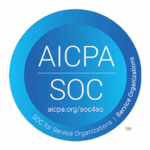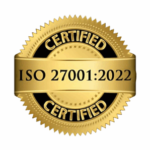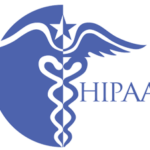
Tailor-made OCR for Lengthy and long PDFs
WHITE NLP converts different types of documents, such as scanned paper documents, PDFs, or images to an editable and searchable data format by recognizing and extracting text standard computer science functions. Our OCR pipeline excels in processing tasks like DESKEWING. In case if the image is tilted or misaligned, it’s rotated and adjusted to align the text properly for better recognition. Provides high quality of data for NLP summarization by transforming given pages and images into black and white, which helps in distinguishing the text more clearly from the background.
Trained on proven medical datasets
Our Natural Language Processing (NLP) software employs domain-specific models that are trained on large medical datasets, allowing systems to understand and process specialized medical terminology. Medical ontologies like UMLS (Unified Medical Language System) and SNOMED CT provide a structured vocabulary for diseases, treatments, and procedures, ensuring that medical terms are consistently understood and represented in summaries.
Extractive Summarization for Medical Record Review
WHITE NLP has been implemented with customized extractive summarization algorithms & techniques, suitable for medical environment for quickly reviewing patient records and clinical notes, highlighting only the most relevant information without altering the original text from given PDF/WORD files. Program WHITE focuses on selecting key sentences or phrases directly from a medical document and presenting them as a concise summary.
OCR feature Extraction
WHITE has sophisticated methods to break down the characters given in Medical context into a set of features (e.g., curves, intersections, loops) that are easier to recognize. The system looks at these features and compares them to stored patterns to determine the most likely match. This approach is more robust to variations in font processing.
Sentence Scoring
WHITE NLP uses the blend of TF-IDF (Term Frequency-Inverse Document Frequency) and CTRank algorithm to valuate the importance of words in a sentence relative to the rest of the document and calculate the centrality of sentences within the document. Cluster similar sentences and then select a representative sentence from each cluster, ensuring accuracy and diversity in the given summary
Topic Modelling
WHITE uses unsupervised learning techniques to identify the main topics or themes in large bodies of text. In the context of medical summarization, topic modeling can help identify the central issues in a clinical document (e.g., a patient’s diagnosis, treatment plan, or follow-up care).
Contextual formatting
WHITE being an advanced OCR system uses context correction to fix misrecognized characters and make sense of unusual or complex formatting If the original document includes formatting (e.g., bold, italic, bullet points, tables), WHITE preserves and replicates this formatting in the output.
The Rapid Care team is here to help
Our dedicated team is committed to providing prompt and personalized assistance to ensure your questions are answered and issues are resolved quickly and efficiently.
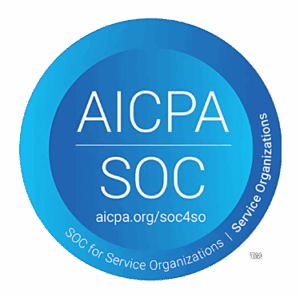
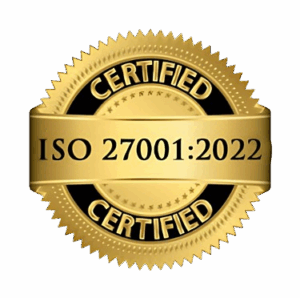
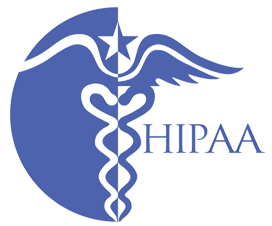
The Rapid Care team is here to help
Our dedicated team is committed to providing prompt and personalized assistance to ensure your questions are answered and issues are resolved quickly and efficiently.
